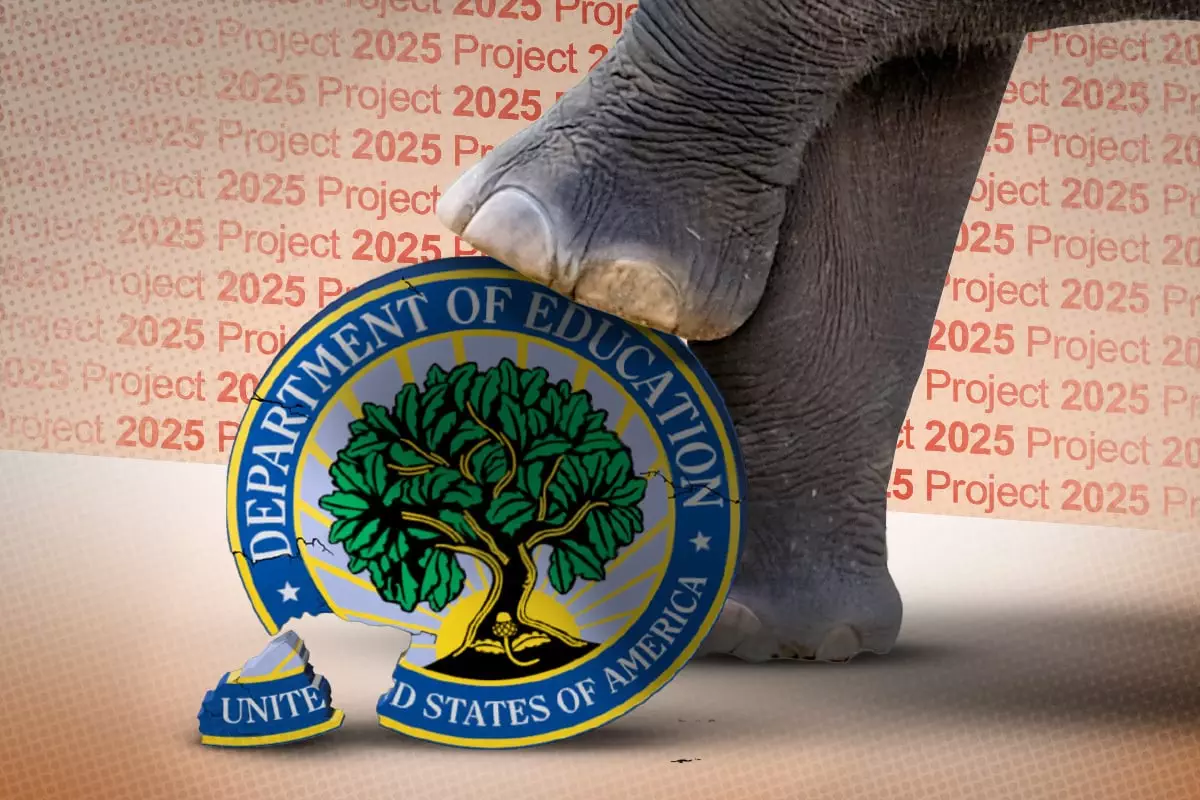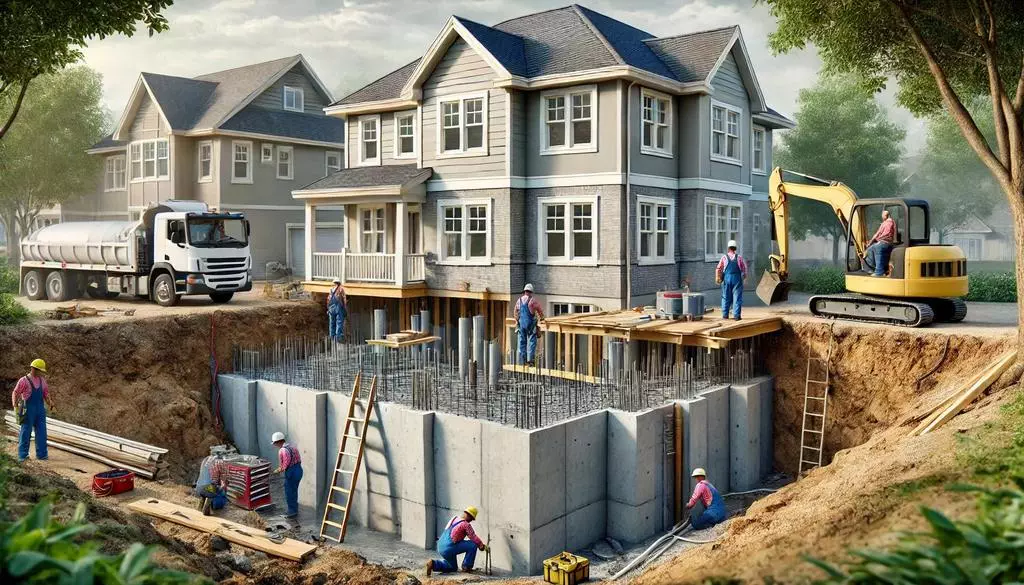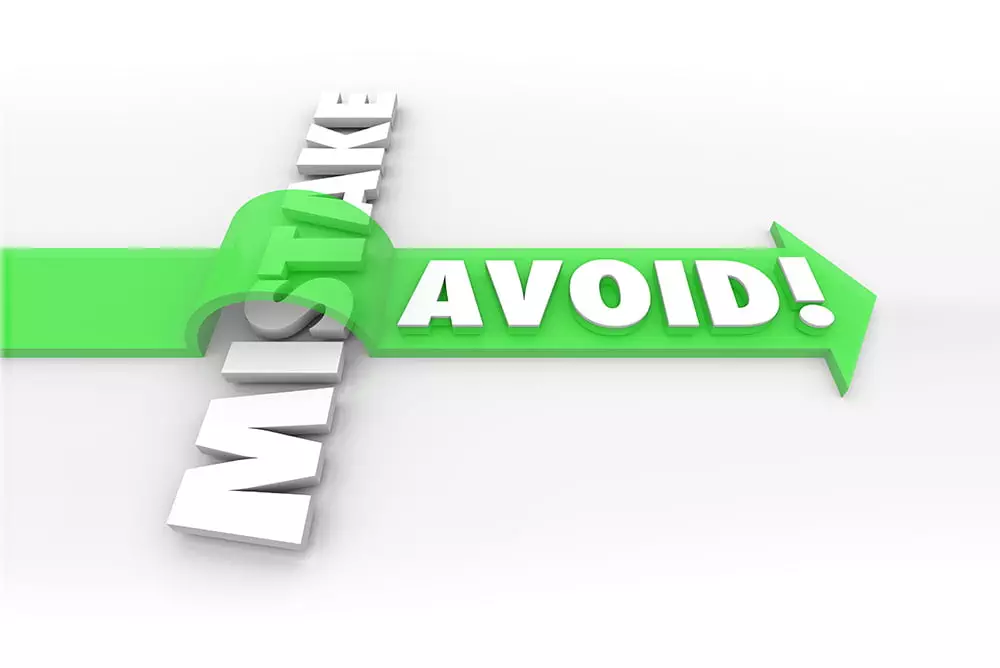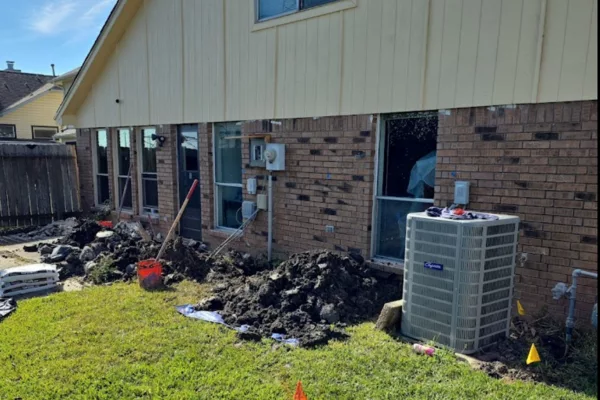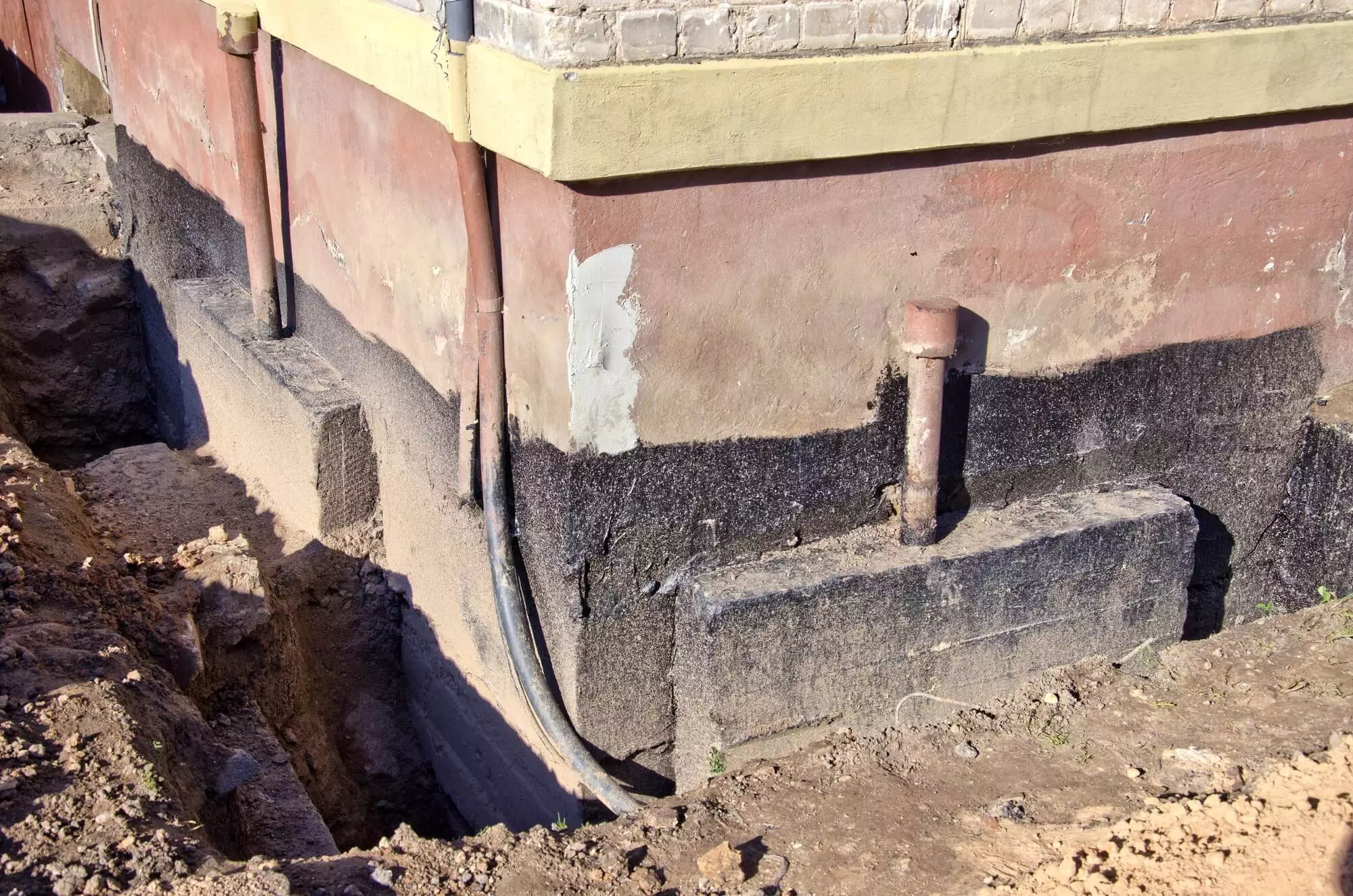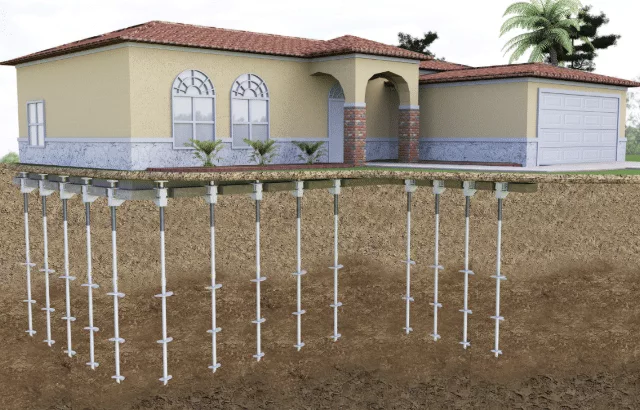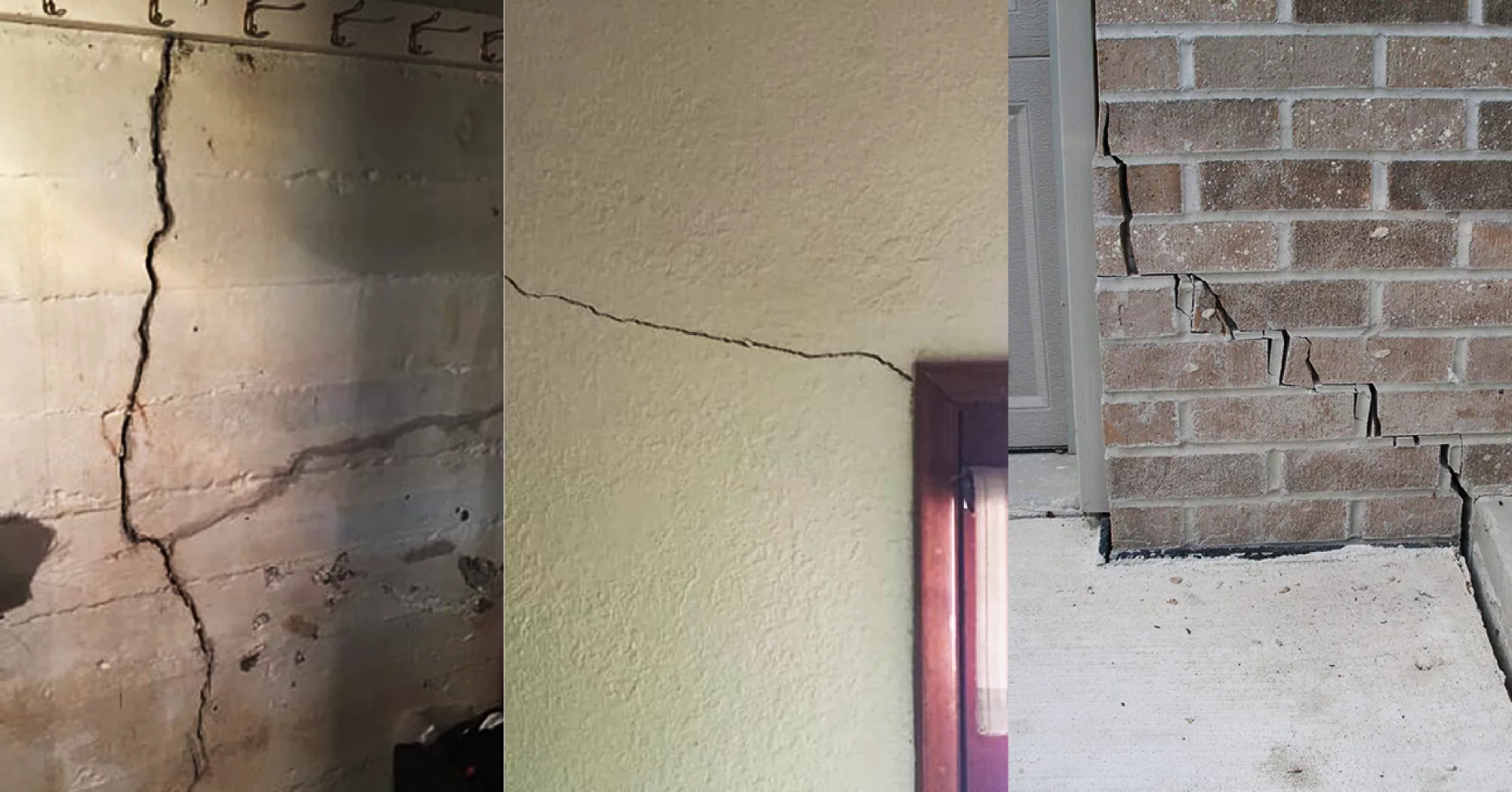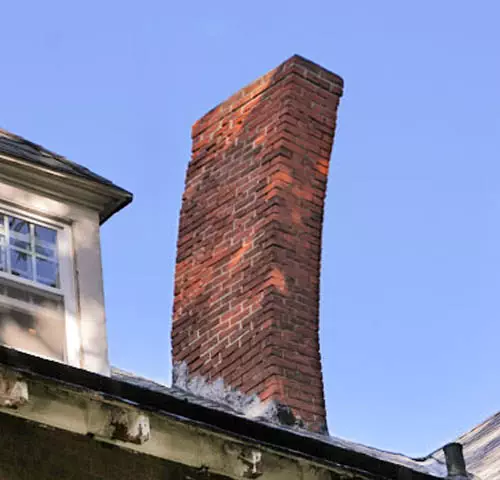
How to Transform Your Leaning Chimney Into a Stable Structure
Noticing a leaning chimney can be concerning, especially if it’s tilting more than usual. You might start to wonder if it signals deeper troubles like structural damage. A leaning chimney isn’t just an eyesore; it could be a symptom of serious foundation issues. But don’t worry! By understanding what causes your chimney to lean, you can take steps to fix it before it leads to bigger problems like chimney cracking or brick deterioration.
Addressing this problem doesn’t have to be overwhelming. You can explore solutions like chimney repair and inspection to identify masonry problems or settling foundations. Knowing how to assess mortar joint separation and other signs can arm you with the right plan to stabilize your home’s structure. Make sure your chimney stands tall and strong, protecting your home for years to come.
Curious to learn more about transforming your tilting chimney into a stable masterpiece? Dive into the rest of the article to discover practical tips and expert insights!
Within the post
Understanding a Leaning Chimney (as a symptom)
When you notice a leaning chimney (as a symptom), it might seem surprising or even alarming. But it often happens for various reasons. Understanding the causes can help you address the problem effectively.
What Causes Chimney Tilting?
Several factors can cause a tilting chimney. One major reason is foundation issues that affect stability. When the ground beneath your home shifts or settles, the chimney may start to tilt. But it’s not just the foundation that plays a role. Sometimes, masonry problems are the culprits. Bricks and mortar, over time, may experience wear and tear, leading to tilting.
Additionally, weather conditions such as heavy rain or snow can infiltrate the masonry. This infiltration can lead to a chimney that starts leaning over time. So, recognizing these causes early on helps in managing the problem before it worsens.
Signs of Chimney Cracking and Structural Damage
If you suspect issues with your chimney, start by checking for visible chimney cracking. Cracks in the bricks or mortar can indicate structural damage and should not be ignored. It’s also wise to pay attention to any pieces of bricks or mortar that may have fallen off, as these are signs of underlying problems.
Early structural damage signs can also include leaning or separated bricks. These signals suggest that the chimney is weakening and requires immediate attention. By identifying these signs early, you can prevent more severe damage in the future.
Foundation Issues: The Root Cause
The foundation of your home is crucial in maintaining the stability of your chimney. When you face a tilting chimney, often foundation issues are at the heart of the problem. Therefore, focusing on this area is essential in resolving chimney instability.
Importance of Chimney Inspection
It’s critical to schedule regular chimney inspections. These inspections help identify potential foundation issues early on. They can also prevent smaller problems from becoming major concerns. By getting your chimney inspected regularly, you can catch signs of damage before they escalate.
Inspections are a proactive approach. They enable you to maintain your chimney’s health without waiting for visible damage. Keeping up with these checks can save you time and resources in the long run.
Impact of Settling Foundation
- Foundation weakening
- Shift in chimney alignment
- Mortar joint separation
When a foundation settles, it can significantly affect your chimney’s stability. A settling foundation weakens over time, compromising its ability to support the structure above it. You might notice a shift in the chimney’s alignment as the foundation settles. This shift could eventually lead to a leaning stance.
Moreover, settling can cause mortar joint separation. The gaps formed between bricks further destabilize the chimney. This process highlights why addressing foundation settling impact is crucial in maintaining a stable chimney structure.
Assessing the Extent of Damage
Understanding the extent of damage to your chimney is essential. It helps you decide the best course of action for repairs. A methodical approach ensures you identify all the problem areas without overlooking hidden issues.
Evaluating Brick Deterioration
Inspect bricks for wear and damage by examining their surface closely. Bricks that are cracked, chipped, or missing can indicate significant deterioration. Addressing brick deterioration promptly is crucial to prevent further weakening of your chimney.
Another aspect to consider is discoloration. Bricks that appear discolored or have stains may have been exposed to excessive moisture, leading to internal damage. By evaluating these signs, you can take appropriate measures to keep your chimney in good condition.
Mortar Joint Separation Insight
Mortar joint separation is a common issue in aging chimneys. When inspecting your chimney, look for gaps between the bricks where the mortar should be. These gaps can indicate that the mortar is failing, causing instability.
If you notice separation, it’s important to address it quickly. Filling these gaps with fresh mortar can prevent further damage. A timely response helps maintain the structural integrity of the chimney.
Planning Your Chimney Repair
Once you’ve assessed the damage, it’s time to plan your chimney repair to ensure stability. Knowing the right strategies and techniques will make the task more manageable and effective.
Choosing the Right Repair Techniques
There are different repair technique options to consider, depending on the type of damage your chimney has. For cracks, you might use sealants or replace damaged bricks. Meanwhile, if there’s significant structural damage, more extensive repairs may be needed.
Matching techniques to the damage type is crucial. For instance, reinforcing the foundation might be necessary for long-term support. These methods ensure your chimney remains stable and safe for years to come.
Role of Professional Help
While some minor repairs can be done on your own, the role of professional help is invaluable. Experts bring experience and knowledge that can make a significant difference in the quality of repairs.
Hiring professionals ensures that the repair work is thorough and meets all safety standards. This approach guarantees effective tilting chimney repair that addresses the root causes of instability.
Preventive Measures for the Future
Preventing further issues with your chimney requires regular attention and care. Implementing preventive measures ensures that your chimney remains in top condition, avoiding costly repairs down the line.
Regular Maintenance Practices
Keep routine maintenance in mind to protect your chimney. Tasks like cleaning the chimney, checking for cracks, and inspecting the mortar can be done periodically. These practices help you spot issues before they develop into major problems.
Additionally, maintaining your chimney includes keeping it clear of debris and moisture. Preventing water infiltration and blockages can significantly extend the life of your chimney.
Getting Expert Assistance
Sometimes, the best way to manage a leaning chimney is by enlisting the help of experienced professionals. Expert assistance provides you with solutions that you might not be able to achieve on your own.
Finding Reliable Repair Services
To find trusted chimney repair experts, it’s vital to verify experience and credentials. Look for experts who are licensed and have good reviews from previous clients. This background check ensures you engage with reputable professionals.
Once you identify potential service providers, ask about their approaches to repair. Understanding their plan will give you confidence in their ability to handle your chimney’s needs.
Understanding Costs and Estimates
Before proceeding with repairs, assess potential repair expenses. Getting clear, detailed estimates helps you plan financially. It’s essential to understand the costs involved and how they fit into your budget.
During discussions with professionals, inquire about payment plans if needed. Having options allows you to proceed with repairs without financial strain. Careful financial preparation ensures you can handle the repair costs comfortably.
Ensuring Long-term Stability
Focusing on continuous stability is key to keeping your chimney safe. Implementing recommended solutions from experts will reinforce your chimney’s structure.
Regular professional guidance helps identify new issues early on. By staying proactive and addressing problems promptly, you ensure your chimney remains a reliable part of your home. This approach offers peace of mind knowing your chimney is well-maintained and secure.
Secure Your Chimney and Peace of Mind
Understanding the issues leading to a tilting chimney can save you time and frustration. By knowing the signs, like chimney cracking and mortar joint separation, you can prevent serious structural damage to your home. Regular inspections can help catch problems early, preserving your home’s value and your family’s safety.
Begin by scheduling a professional chimney inspection to assess any foundation issues or masonry problems. If you notice brick deterioration or other signs of wear, contact a reputable chimney repair expert. Taking these proactive steps will ensure your chimney remains sturdy and reliable.
Start protecting your home today by addressing these potential hazards. Connect with professionals who can guide you through the repair process and restore your chimney’s stability. Your prompt action now will lead to lasting peace of mind.
